Last week, the WHO confirmed that we are, in fact, still in a pandemic. The Emergency Committee met recently and unanimously concluded it’s too soon to declare the emergency over. The Director General, Dr. Tedros, agreed: “It’s far from being the time to drop our guard, this is the moment to work even harder to save lives.”
In the latest WHO epidemiological report, every region in the world has decreasing trends. In even better news, the number of global deaths is the lowest it’s been since the pandemic began (see solid line in the figure below).
And while this is great news as a global aggregate, there are still a number of individual countries still in crisis from exploding case numbers, overwhelmed hospitals, and high death rates. For example, all eyes are on Shanghai, China, which is in full lockdown because of an exponential count in cases and low vaccination rates among older adults. In Canada, cases have begun to rise at a highly uncomfortable rate. In the U.K., the number of deaths is now higher than their first Omicron wave. Thankfully, their cases started decreasing again, so deaths will soon follow. In South Africa, cases are very low, but news of two Omicron sublineages, called BA.4 and BA.5, has taken hold. We don’t believe they will cause a dramatic sweep of cases across the globe like we saw with BA.1 and BA.2, though.
United States
In the past two weeks, cases in the U.S. have increased +39%, which is driven by increasing trends in 32 states. Given the holiday weekend, testing and case numbers will be off (more than usual) for a few days. Nonetheless, the BA.2 rise is more gradual than the explosion of Omicron we saw in January, which is of course welcome news. This is likely attributed to a relatively solid wall of Omicron immunity, given that 50% of Americans were infected during the first Omicron wave. The virus is having a more difficult time finding pathways to burn through.
By far, the most spread is in the Northeast. Washington DC is the case acceleration leader with +151% in cases in the past two weeks, followed by Pennsylvania (+100%), New York (+93%), Rhode Island (+88%), Delaware (+87%), and New Hampshire (+84%). There are 14 counties in the “orange” clustered within New York, according to the new CDC guidelines, which means everyone should wear a mask inside as hospitals will surge in ~3 weeks. The old CDC guidelines provide a bit more nuance to the state of affairs with transmission throughout the nation.
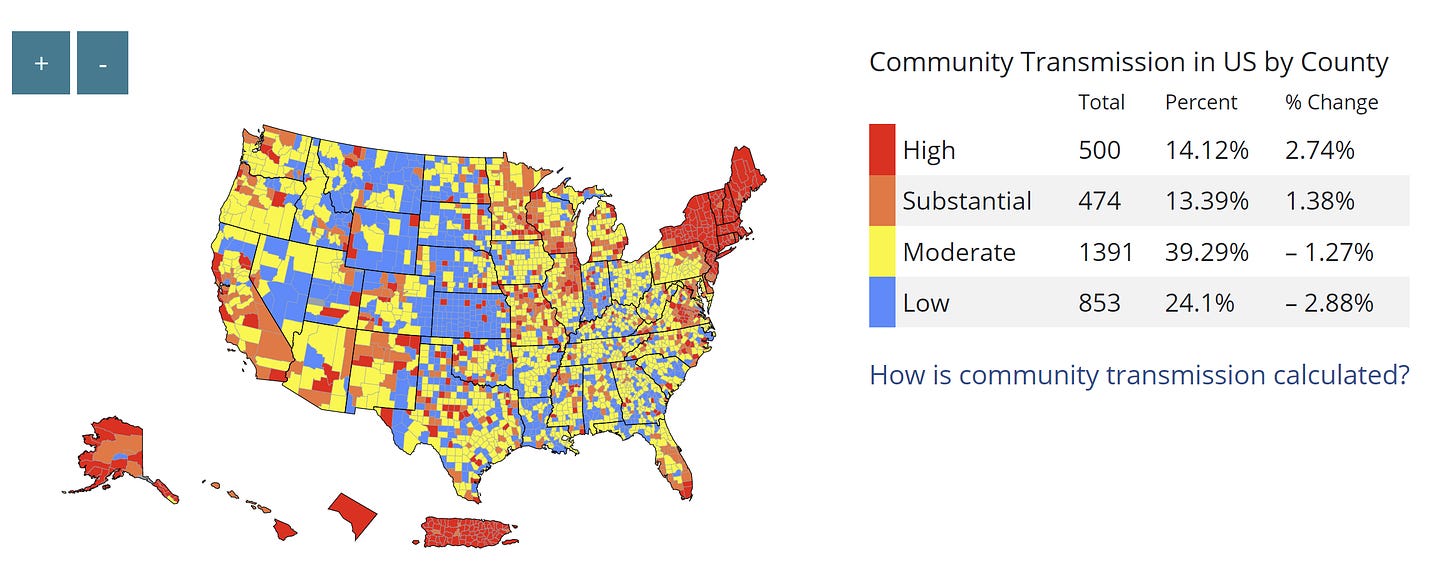
Wastewater is also slowly increasing, more so in the Northeast. As the figure below shows, wastewater is increasing much more quickly than case data. Again, I wouldn’t trust case numbers right now to determine behaviors: use case/wastewater/test positivity rate trends in your county instead.
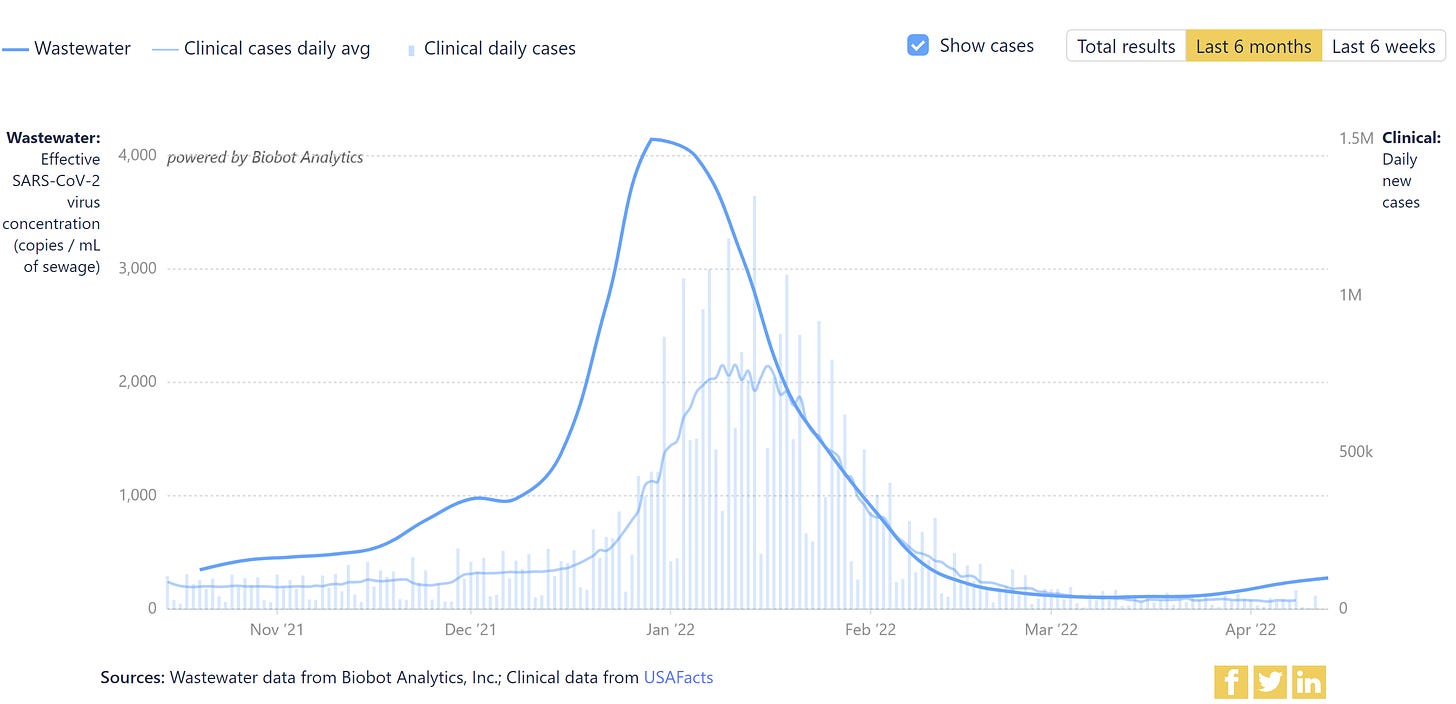
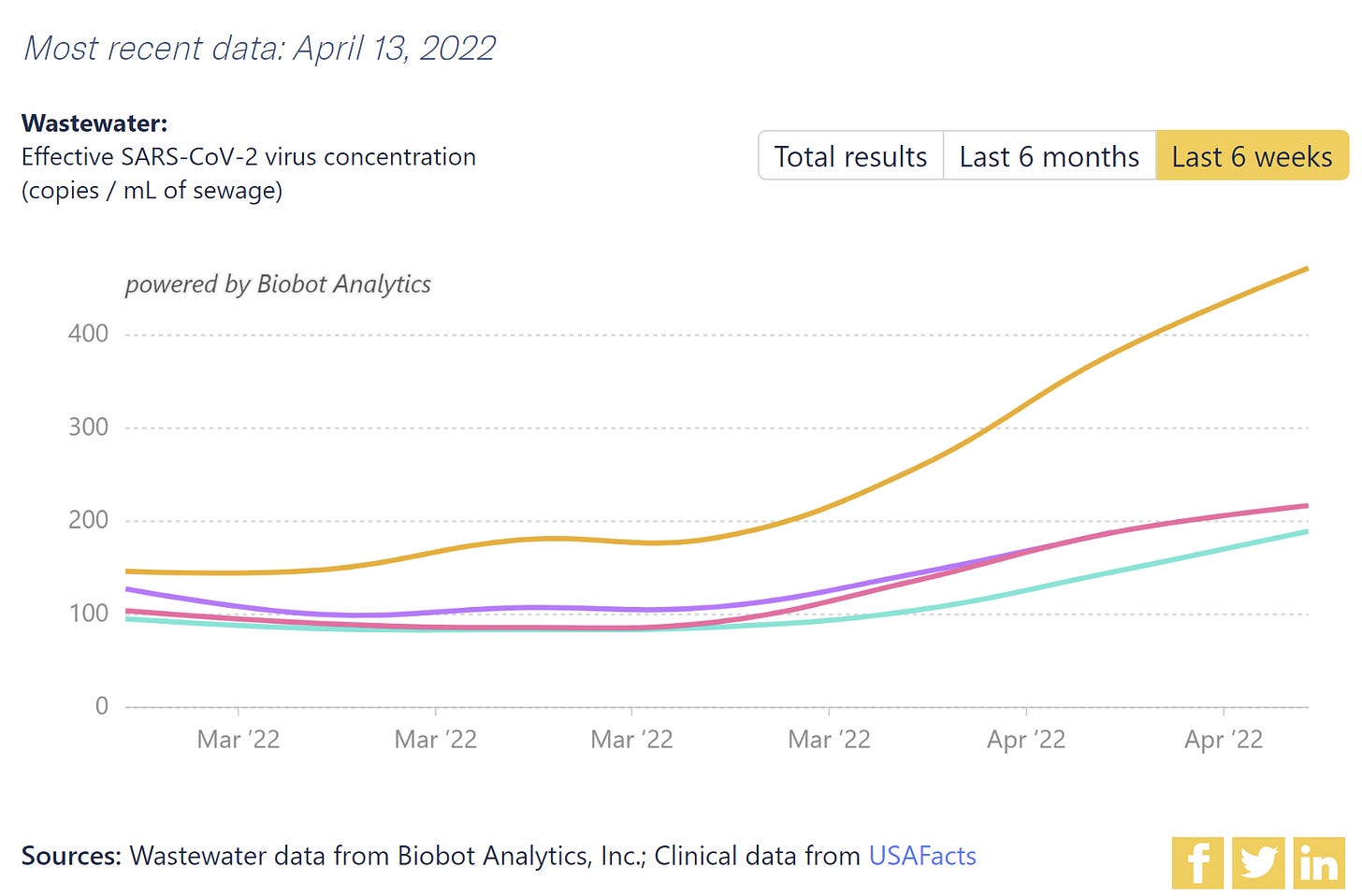
Hospitalizations are only slightly increasing in the Northeast. They do lag by three weeks, so I’m hesitant to make sweeping claims but having the highest vaccination rates in the country will help. If BA.2 makes a big footprint in other parts of the U.S., like the South where some states have only 50% vaccinated, it will be interesting to see how hospitalizations hold up.
BA.2.12/BA.2.12.1
Health officials in New York are attributing high rates of spread to two new BA.2 daughter lineages: BA.2.12 and BA.2.12.1. In other words, BA.2 mutated. According to a genomic surveillance database, BA.2 has already mutated 21 times, but the mutations in New York seem to have meaningful impact on a population-level spread.
In particular, the daughter lineages are generating cases more quickly than the original BA.2 variant. Health officials estimate a 23–27% growth advantage per week above BA.2 variant cases. Cornelius Roemer, computational biologist in Switzerland, estimated that the growth advantage ranges from 30-90% per week.
The mutations, and thus growth advantage, could be due to two things:
The virus mutated to increase transmissibility or contagiousness. This is the primary path variants took before Omicron; and/or,
The virus mutated to improve its ability to escape immunity. This has largely been Omicron’s path of choice, but BA.2 chose #1 path, too.
The first daughter lineage (BA.2.12) is very similar to BA.2, so not much of concern. But, when we look closer at BA.2.12.1 there are two mutations on the spike protein to watch out for: S704L and L452Q. We pay attention to changes on the spike protein in particular because the spike is the key into our cells. If the key gets smarter or if it finds another door, we want to know about it.
We are actually quite familiar with L452Q, as it’s been found on other variants of concern, like Lambda, Delta, Delta plus, and Epsilon. In the lab, this mutation was shown to escape immunity. In particular, scientists found this mutation allows the virus to attach more strongly to human cells and avoid neutralizing antibodies, our first line of defense.
So, Omicron continues to change so it can continue to chip away at our immunity. We expect these small but meaningful changes will continue to occur over the next few months. This means we will be seeing more and more breakthrough infections in BA.2.12.1’s wake and beyond. We are confident, though, that the vaccines will continue to protect against severe disease and death.
Bottom line
A slow roar is starting in the U.S., but the Northeast is getting hit particularly hard with transmission. It’s not clear whether this will translate to the rest of the nation. Nonetheless, the virus is mutating to continue to escape our immunity.
Together, this may be a good excuse to get your booster and start wearing a mask in increasing trend areas. And yes, this means on planes, buses, and trains too.
Love, YLE
P.S. In response to thousands of your messages, I do not have an update on under 5 vaccines. You better believe that when I do, I will update you all. This mama of 2 kids under 5 is anxiously waiting, too...
“Your Local Epidemiologist (YLE)” is written by Dr. Katelyn Jetelina, MPH PhD—an epidemiologist, biostatistician, professor, researcher, wife, and mom of two little girls. During the day she has a research lab and teaches graduate-level courses, but at night she writes this newsletter. Her main goal is to “translate” the ever-evolving public health science so that people will be well equipped to make evidence-based decisions. This newsletter is free thanks to the generous support of fellow YLE community members. To support the effort, please subscribe here:





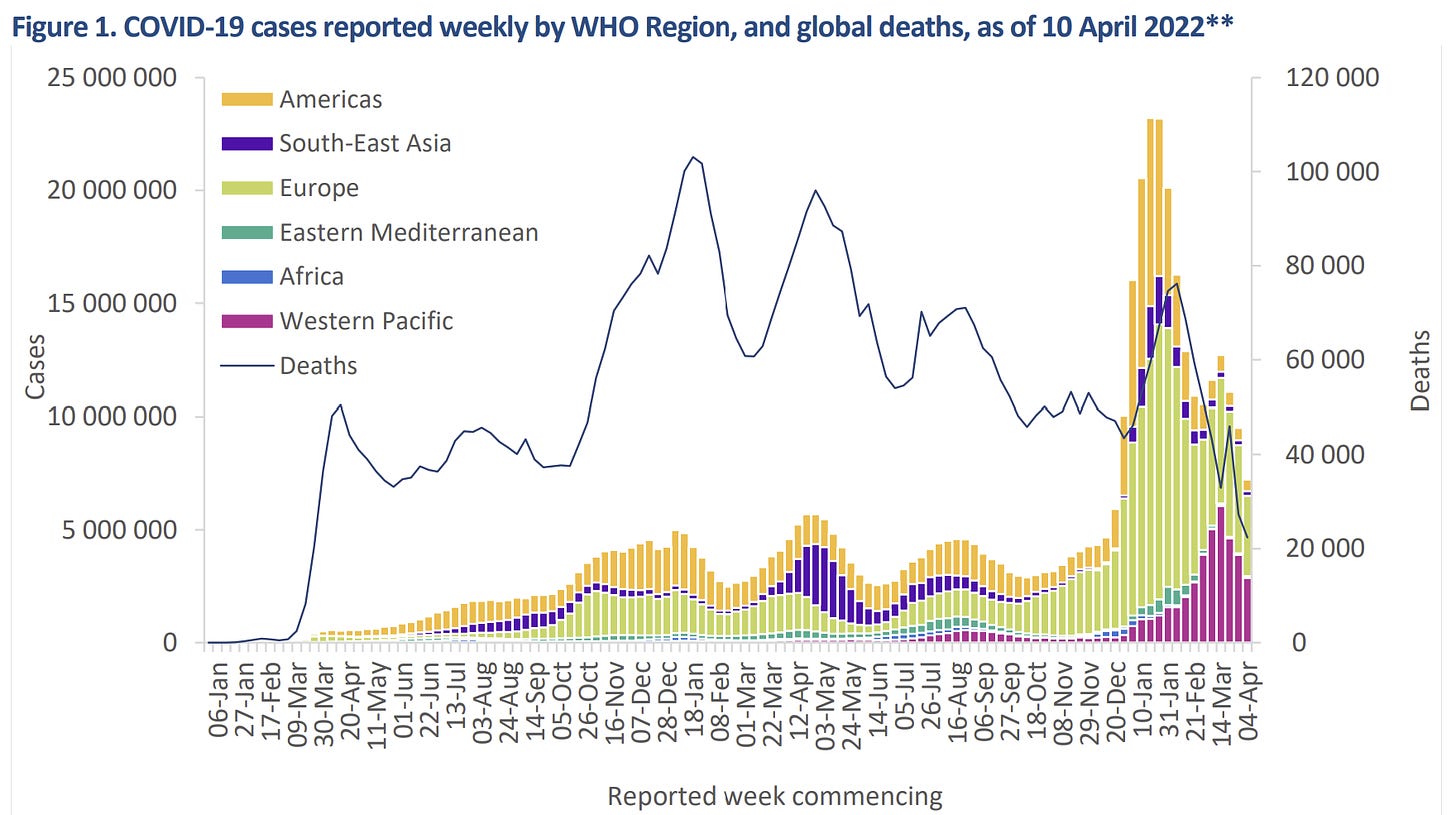
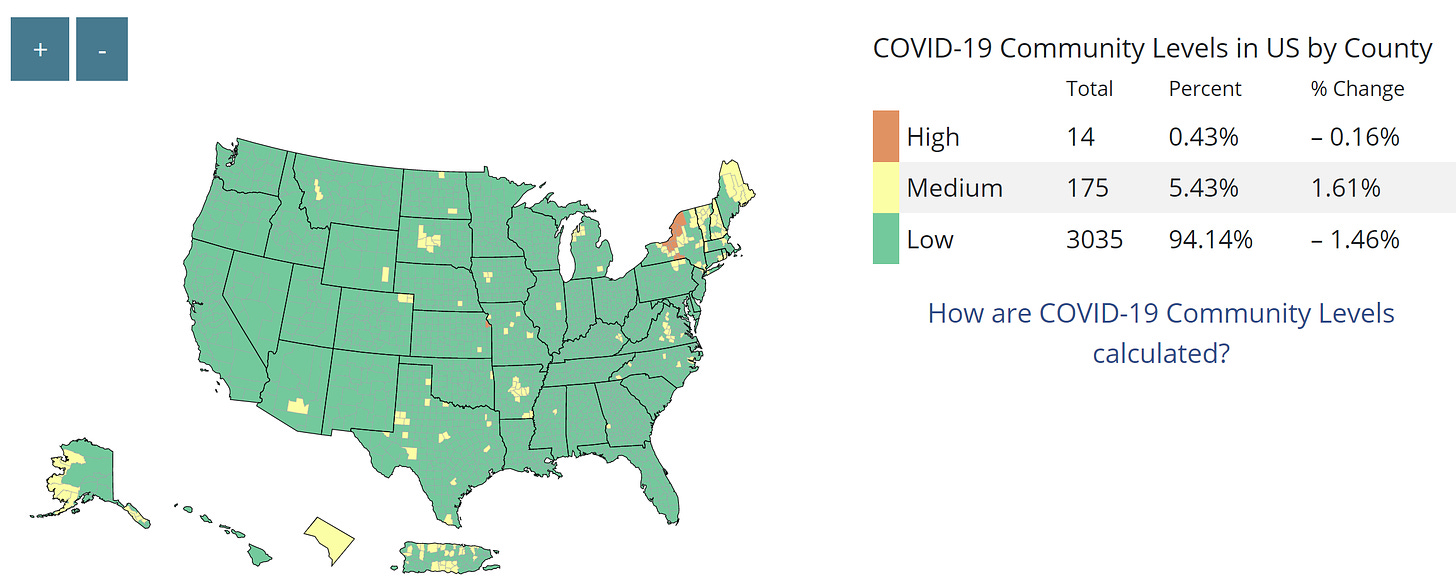
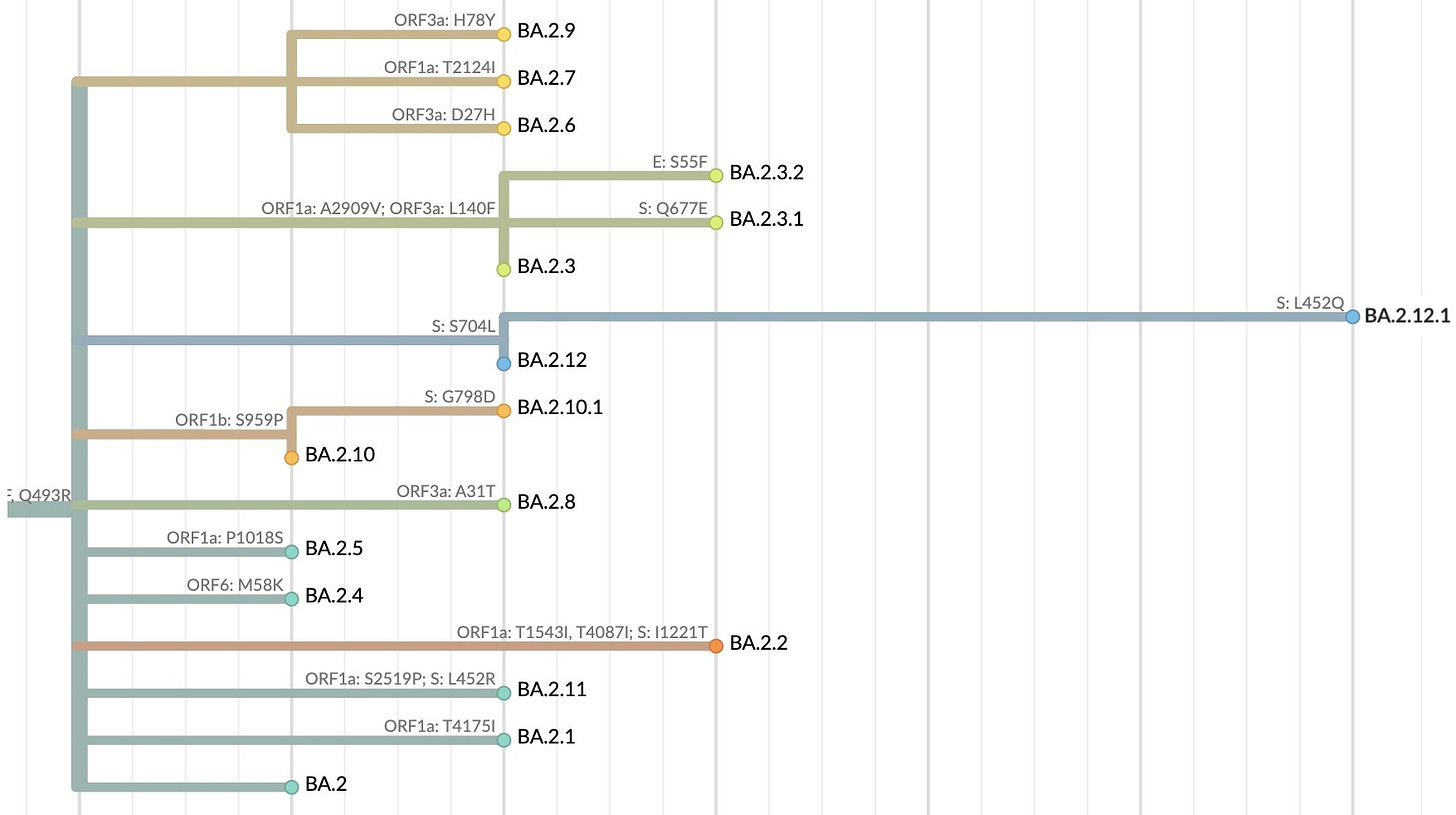
Absolutely brilliant. Thank you for your work and sharing with us in plain text what we are facing.
Thank you for including the side-by-side maps of the old/new color-coding system from the CDC. I wonder if you would consider talking more in a newsletter about the changed coding systems (especially as covidactnow.org has now also aligned with the new CDC guidelines). This is not my field, so I do find it a bit overwhelming. I appreciate good data and felt like I had a handle on which numbers to watch and what they meant. Now, I feel like everything is upside down and I'm not sure what to look at and what numbers to starting thinking about mask vs no-mask, for example. I could use help establishing a new baseline and understanding of what the current levels and shared data mean for me as an individual.